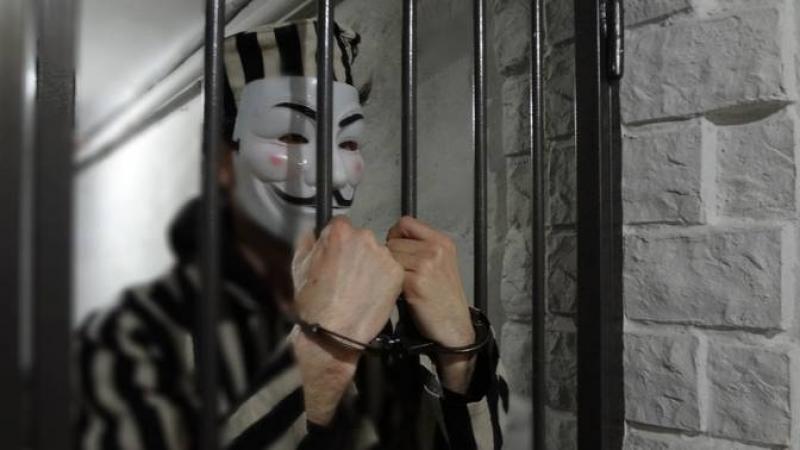What Is an Escape Room and Why Is It Worth Your Time
Things like escape rooms tend to get extremely popular nowadays. While it’s rare to hear anyone saying anything like “My hobby is escaping from the locked rooms”, getting yourselves locked up in some sort of dungeon and then trying to get out is considered an overall fun party activity. But what is an escape room, what makes a set of puzzles a “real-life escape quest” and where to start if you’re thinking of setting out your own adventure? To understand that, let’s review the basics of the genre first.
What defines an escape room
There are certain common expectations when someone sets up an escape room. Usually, it’s preferred to keep things simple:
- There’s only one room in the start, and it’s very obviously locked. You can have a secret passage hidden there somewhere that will lead to the second zone, but don’t overdo it. If you have a set of locked rooms or a whole locked mansion, it’s more difficult for the players to feel the thrill of being trapped. Also, quest details will more likely go unnoticed this way.
- The room has some sort of a goal: a key for the main door to be found, a password to be entered, etc. It just gives the story really nice vibes if it turns out all of the small puzzles you’ve thrown in were actually important for something bigger.
- Storyline and setting are engaging and consistent. Let the surrounding reflect your story and make it more believable. Don’t change the mood all of the sudden with furniture and accessories that fall out of place. If that’s an abandoned hospital, it’s not an alien spaceship, vice versa.
- Players are surrounded by riddles, puzzles and hints. An escape game relies on the players’ ability to interact with the world around them. They should be able to find challenges for themselves without any direct help from the “game master”. Also it’s great if puzzles make people work together, discuss things and look for solution in a group. As an alternative, you can create lots of standalone puzzles which can be solved individually by different players.
- There is a time limit. While many new players find it painful and unfair, a time limit is necessary. Not only it helps to plan escaping sessions ahead, but also adds extra challenge and tension.

Though the title might give you a different idea, escape room quests are not by any means quests that must end with the guests escaping. Typical “success rate” is somewhere 40%.
The only case where it’s better to make things more simple is if you’re creating an escape room for children. Those can contain an adult helper in a costume, who will guide a team of kids through the story and help them reach the best possible ending.

